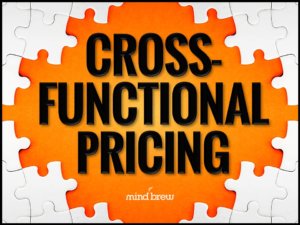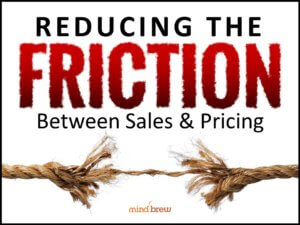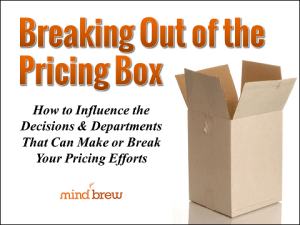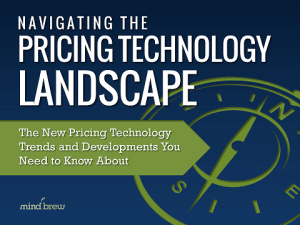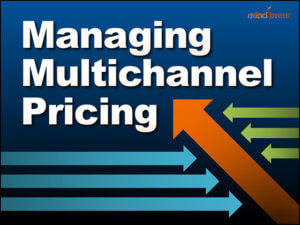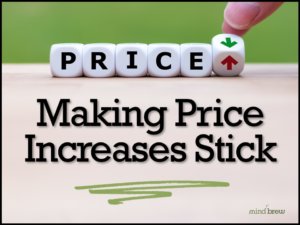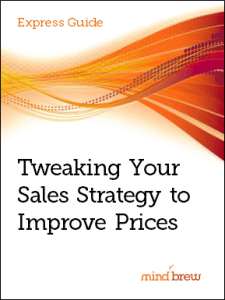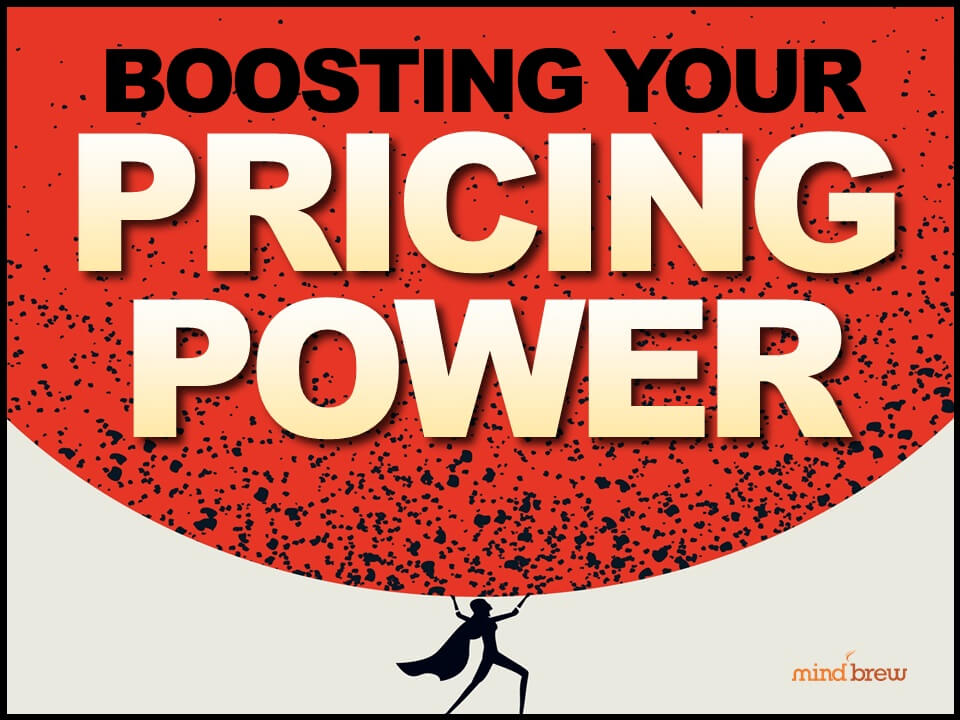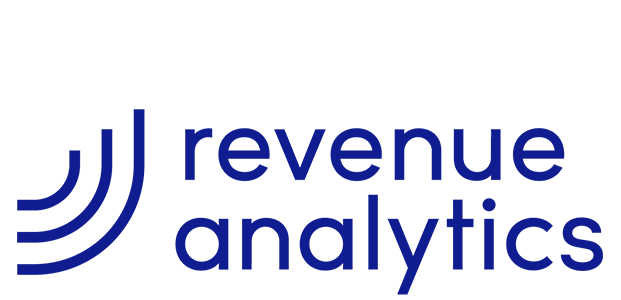When you work in pricing, you never really work alone. If you want to be effective, you have to collaborate with other teams. To achieve your goals, you’ll need help from sales, marketing, finance, IT, product, and probably some other groups as well.
But while all pricing teams work with other groups, how that collaboration looks can vary quite a bit. In our research, we’ve found that you can group the types of collaboration into three big levels:
- Level 1 collaboration involves basic recognition that the teams should work together. The groups schedule meetings, but those meetings aren’t very productive. The teams spend a significant amount of time complaining about and pointing the finger at each other. Most work remains siloed.
- Level 2 collaboration goes a step beyond recognition to communication. The teams get together regularly to inform each other about what they are doing. They work together to a small extent on some tactical issues, but rarely solve strategic problems together. The big benefit of this level of collaboration is that, even when the teams are working independently, they are aware of what the other teams are doing and take it into account for their own planning.
- Level 3 collaboration requires an understanding of the strategic and tactical interconnection between the teams. When the groups meet, they are focused on action rather than just communication. When they see an opportunity for improvement, the teams will change the way that they do things, and they will accept suggestions from other teams. The teams not only communicate about their separate goals, they actually work together to accomplish objectives that are meaningful for the company.
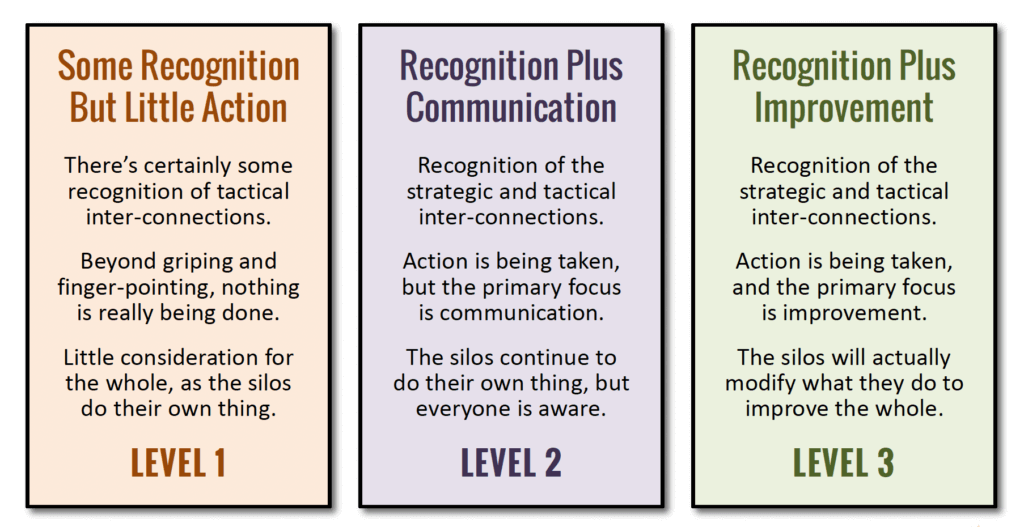
In our experience, most PricingBrew subscribers collaborate primarily at level 2. They meet with other teams, but sometimes they are just going through the motions and checking off the boxes rather than actually hoping to accomplish something. They let other groups know what they are doing, but they don’t have any real expectation that the other teams will actively work with them.
But we can do better.
True collaboration — level 3 collaboration — acts like a force multiplier for your team. Instead of being constrained by the headcount on the pricing team, you can have a much greater impact on the company as a whole. And that means a greater opportunity to help the organization succeed.
So how to you get to level 3?
The first step requires a little bit of honesty. Take a hard look at your current collaboration and see where you are falling short of the level of collaboration you would like to have.
After that, you’ll need to start putting into place the 8 key ingredients for level 3 collaboration. We explain each of these ingredients in detail in the webinar on Fostering Productive Collaboration. It also explains how to prioritize those efforts and how to stay at level 3 once you get there.
We also have a couple of other resources that can help. Reducing the Friction Between Sales & Pricing helps identify the root cause of common issues in disagreements between sales and pricing and offers advice for finding mutually beneficial compromises. And Breaking Out of Your Pricing “Box” offers insight into the mindsets of other teams and how for how to “help them help you” generate more profitable results.
One last note — you’ll be far more successful at collaboration if you approach it as one of the things you get to do rather than as something you have to do. It is because pricing is so collaborative that the role has the potential to be so influential within companies. Yes, collaboration can be challenging, particularly when difficult personalities are involved. But working through those challenges can be tremendously rewarding for your team and for your entire organization.

